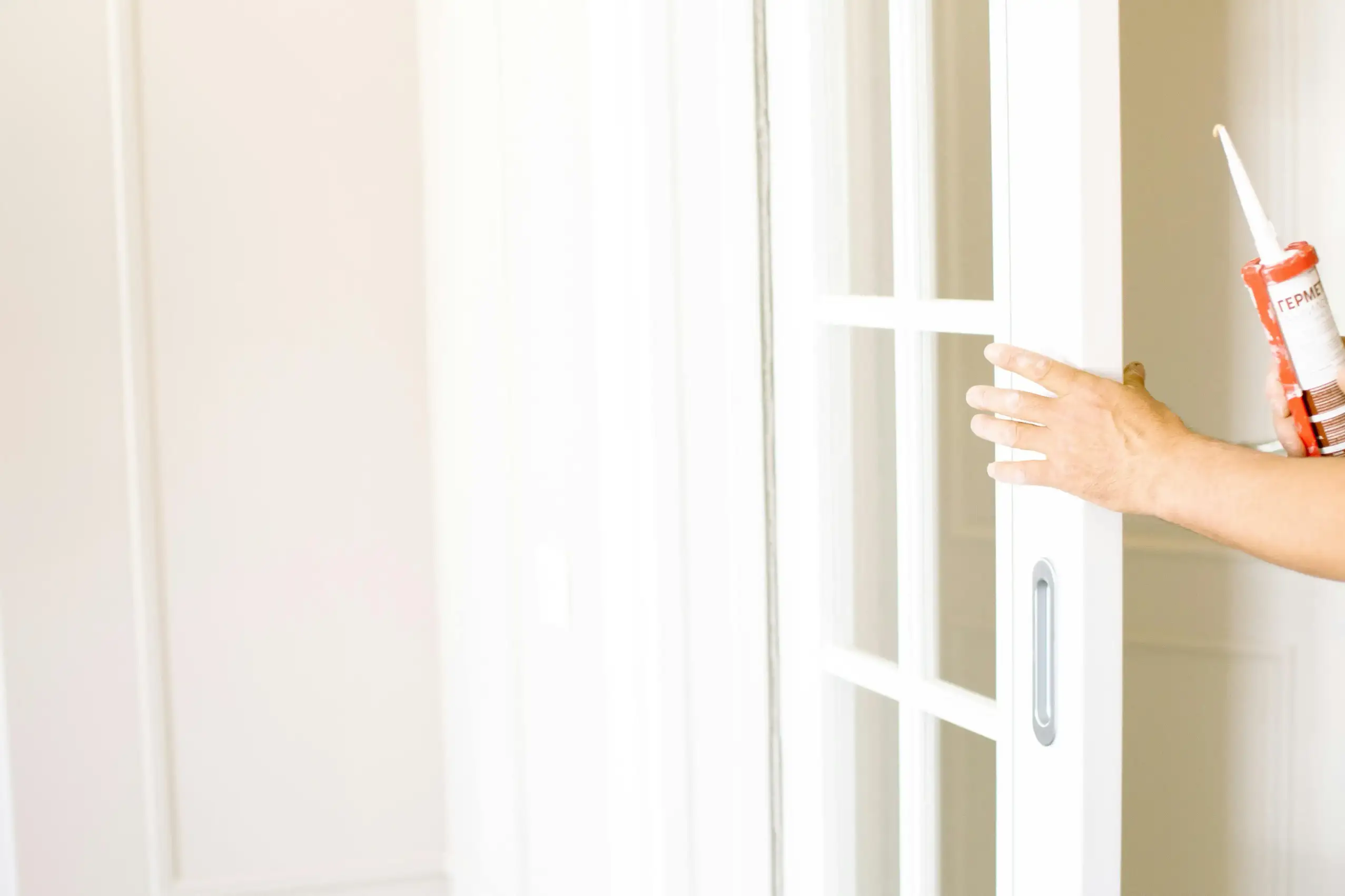
19 Feb Polyurethane Sealants vs Professional Protective Coatings – 5 Differences
Polyurethane Sealants vs Professional Protective Coatings - 5 Essential Differences
When choosing surface protection, understanding the fundamental differences between polyurethane sealants and professional coatings helps you make the right decision. Both serve different purposes, and knowing these differences ensures you select the best solution for your needs.
Let’s examine the five key differences that set these protection methods apart.
1. Polyurethane Application Method and Coverage
Polyurethane sealants play a specific role in protection and repair. They work well for targeted areas where a focused solution is needed, particularly in construction and basic maintenance.
Sealant applications focus on particular points like joints and seams. They excel at creating barriers between different materials and filling gaps where movement might occur.
However, professional protective coatings take a completely different approach. Instead of targeting specific points, they create a seamless barrier across entire surfaces. This comprehensive coverage transforms the protected surface, offering defense against various types of damage.
2. Application Durability and Performance
The performance gap between sealants and professional coatings becomes evident over time. Sealants, while effective for their intended purpose, have limitations in terms of longevity and resistance.
Sealant performance typically includes:
- Basic waterproofing
- Flexibility for joint movement
- Limited impact resistance
- Periodic maintenance needs
In contrast, professional protective solutions deliver superior performance:
- Exceptional durability
- High impact resistance
- Chemical resistance
- Weather resistance
- Long-lasting protection backed by warranty
3. Surface Protection Level
Understanding protection levels helps determine which solution matches your requirements. Sealants provide focused protection for specific areas, while coatings transform entire surfaces.
Polyurethane sealants offer:
- Joint protection
- Gap sealing
- Basic moisture barrier
- Targeted solutions
Professional coatings provide comprehensive protection:
- Complete surface coverage
- Uniform protection layer
- Superior chemical resistance
- Enhanced surface properties
- Consistent performance
4. Application Cost and Long-term Value
Initial costs often influence decisions, but understanding the total value over time reveals important differences. While sealants might seem more economical at first, consider the complete picture.
Sealant costs include:
- Lower upfront investment
- Regular replacement needs
- Ongoing maintenance expenses
- Limited protection scope
Professional coating investment delivers:
- Extended service life
- Minimal maintenance requirements
- Comprehensive protection
- Better return on investment
- Value protection for your assets
5. Polyurethane Application Results
The final results of each solution show significant differences in both appearance and functionality. Sealants create visible lines of protection, while coatings provide a seamless finish.
Sealant results include:
- Visible application lines
- Basic surface protection
- Limited aesthetic options
- Focused protection areas
Professional protective coatings achieve:
- Seamless finish
- Consistent appearance
- Multiple texture options
- Complete surface transformation
Real-World Polyurethane Applications
Different industries benefit from each solution in various ways. Understanding these applications helps identify the best choice for your situation.
Sealant applications work well for:
- Construction joints
- Window frames
- Door seals
- Basic repairs
- Small waterproofing needs
Professional coatings excel in:
Making Your Decision: Sealant vs Coating
Consider these factors when choosing between sealants and coatings:
- Project scale and requirements
- Expected wear and exposure
- Maintenance preferences
- Long-term protection needs
- Value considerations
For comprehensive protection that lasts, our professional protective coatings typically offer the most complete solution. Contact us or visit our dealer locator to learn more about your options.
Polyurethane Sealants vs Professional Protective Coatings FAQs
No, sealants work best for joints and seams. Large surfaces need professional protective coatings for complete coverage.
Professional coatings significantly outlast sealants, offering years of protection with minimal maintenance. Review our warranty information for specific details.
While sealants cost less initially, professional protective coatings deliver better long-term value through durability and reduced maintenance needs.
Yes, in some cases using both solutions can be beneficial, with sealants for joints and coatings for surface protection. Consult our product guide for compatibility information.

No Comments